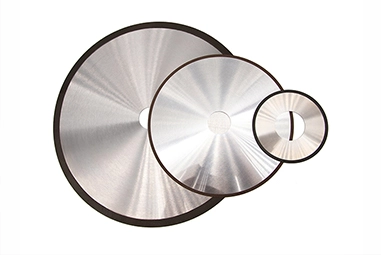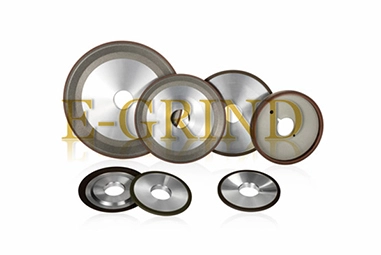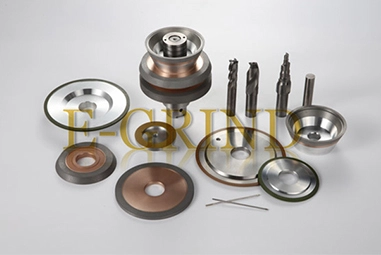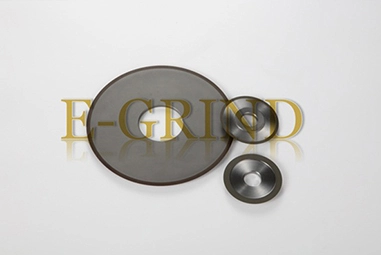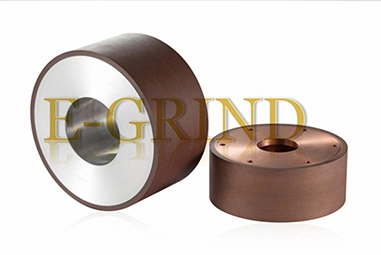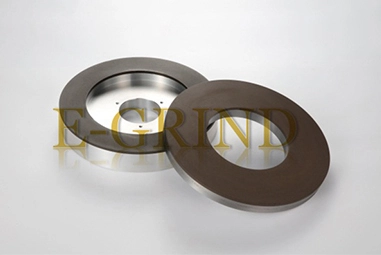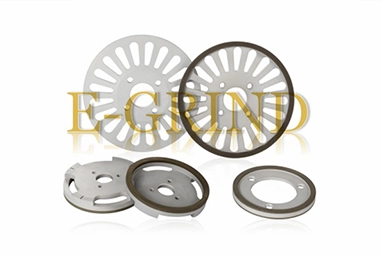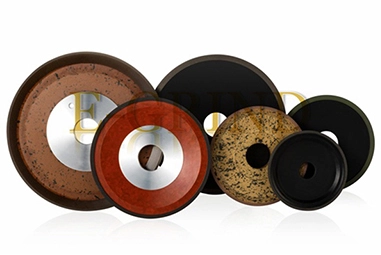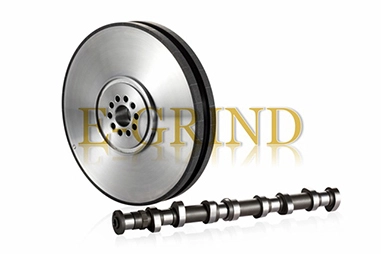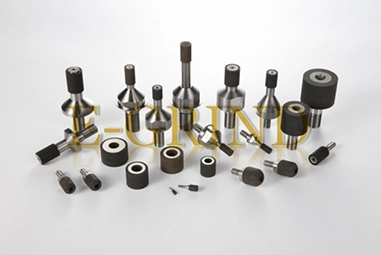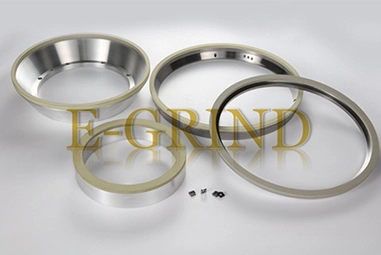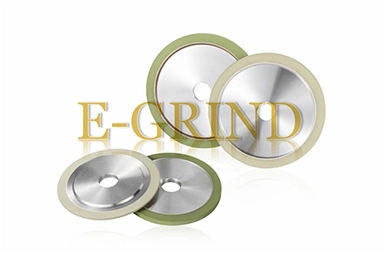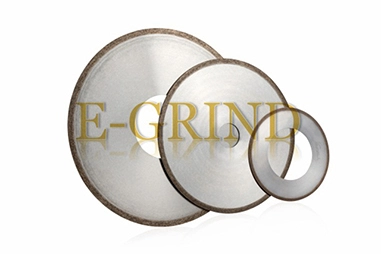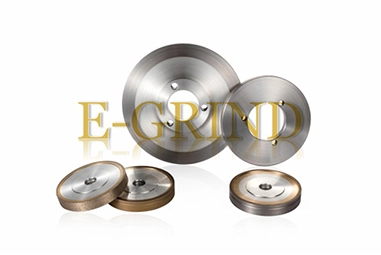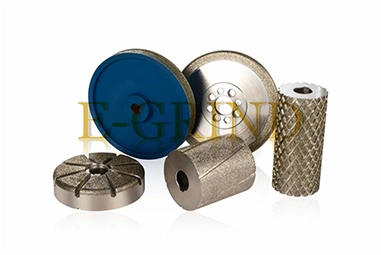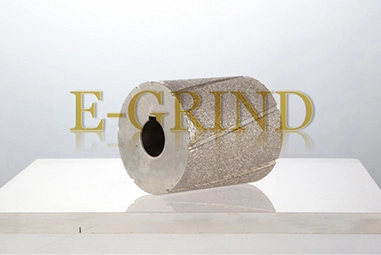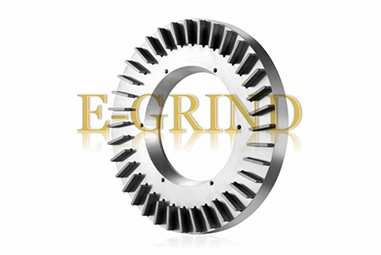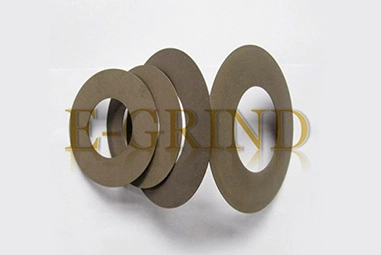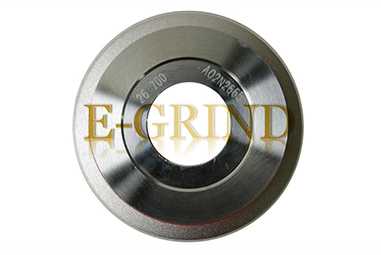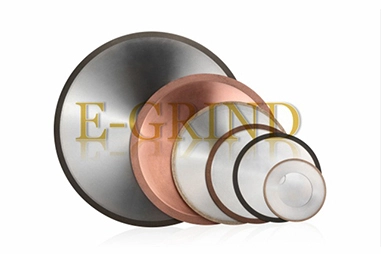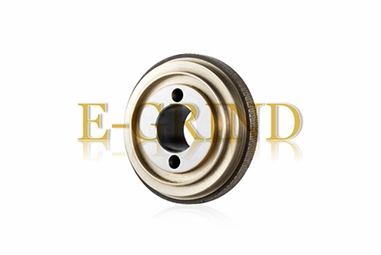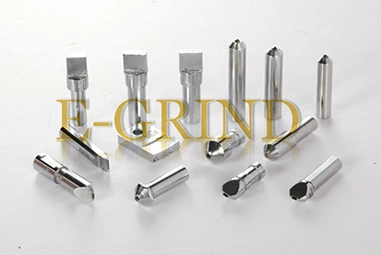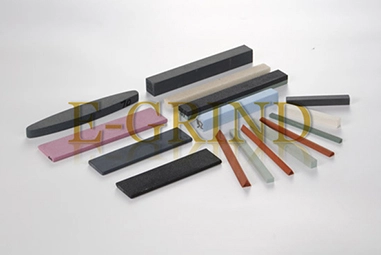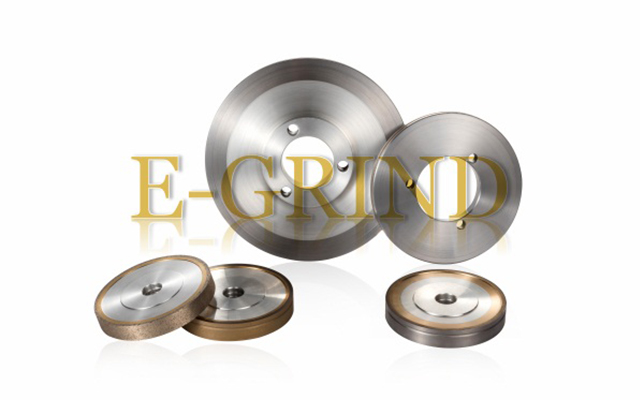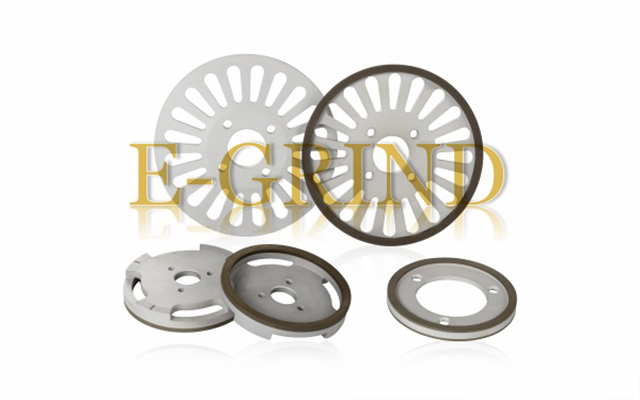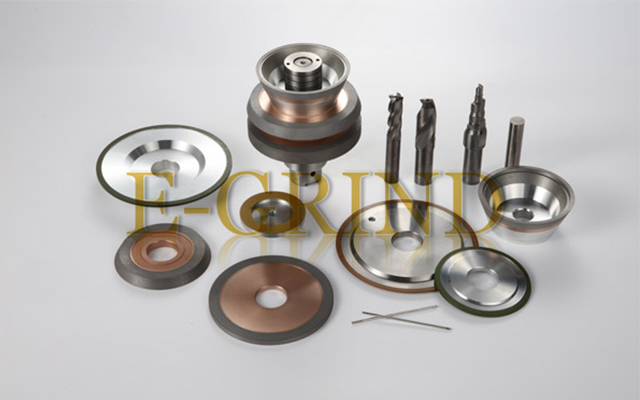The dressing technology of metal bonded grinding wheels has always been its research focus. Scholars from all over the world have developed a new dressing technology for metal-based diamond grinding wheels. The main dressing methods are as follows:
Common Grinding Wheel Dressing Methods
Electrolytic In-process Dressing (ELID)
In 1985, Murata first put forward the technology of electrolytic in-process dressing (ELID), and used a metal bond wheel with the grain size of 400# to grind hard and brittle materials such as ceramics. In 1990, OHMORI of Japan Institute of Physical Chemistry successfully solved the problem of sharpening cast iron-based grinding wheels by using ELID and used ELID to make ultra-fine diamond grinding wheels (with a particle size of several microns to 5nm) used for mirror grinding of hard and brittle materials. Islam et al. conducted an on-line dressing experiment with a cast iron bonded diamond grinding wheel with a particle size of 8000 mesh and studied the influence of current on grinding performance. In addition, researchers from many universities and research institutions in China, such as Harbin Institute of Technology, Northwestern Polytechnical University, Hunan University, and Tianjin University, have conducted extensive and in-depth research on online electrolytic finishing technology, which has promoted the application of online electrolytic finishing technology in ceramics, optical glass, aerospace, and other fields.
EDM (Electron Discharge Machining EDM) Dressing.
EDM (Electron Discharge Machining EDM) is to dress the grinding wheel by using heat energy or EDM between the electrode and the rotating metal bond diamond grinding wheel to remove the excess metal material on the surface of the grinding wheel. Tsinghua University Wang Xiankui and others studied the EDM shaping method of bronze bonded diamond grinding wheel, and discussed the influence of pulse power supply voltage, pulse current limiting resistance, pulse frequency, pulse duty ratio, grinding wheel speed, and initial eccentricity of grinding wheel on the shaping speed. Miller et al. used EDM technology to dress the metal-based bonded diamond grinding wheel and obtained a good edge height of diamond abrasive particles. Japanese scholar Iwaida et al. carried out EDM dressing on the diamond grinding wheel and grinding test on BK7 glass and obtained Rz=7μm surface roughness. Gao Daxiao and others of Tianjin University used deionized water as a discharge medium to shape the cast iron-based precision diamond grinding wheel by EDM technology, and the roundness of the grinding wheel was 0.75μm, and the taper error was less than 0.5 μ m.
In-process Electro-discharge Dressing (EDD).
In-process electro-discharge dressing (EDD) technology is a superhard abrasive dressing technology first proposed by Suzuki and Uematsu. It uses the electro-corrosion phenomenon of pulse spark discharge between the rotating grinding wheel and the tool electrode to etch away the metal bond on the surface of the grinding wheel so that the diamond abrasive particles are effectively exposed, so as to achieve the purpose of shaping and sharpening. In order to eliminate the need for special brushes and insulated spindles, Suzuki and Tamaki put forward "double electrode method" and "rotating electrode method" respectively, which made EDM dressing gradually applied to practice. Spanish researcher Sanchez et al. used the single-level EDM method to dress the metal bond CBN grinding wheel. Relevant research shows that good surface morphology and grinding performance can be obtained by dressing metal-bonded superhard abrasive wheel with fog jet EDM.
Electro-contact Discharge Dressing (ECDD)
Electro-contact discharge dressing (ECDD) was first proposed by Tamaki and Kondoh in 1999. It uses the metal bond of grinding wheel to contact metal chips to form a current loop, which produces instantaneous discharge and partially erodes the metal bond at high temperatures to achieve the purpose of dressing the grinding wheel. Xie Jin of South China University of Technology and Tamaki of the Kitajima University of Technology in Japan used the contact discharge dressing method to dress the 600# diamond grinding wheel. After grinding optical glass (BK10), the Ra reached 0.12 μ m.. Xie Jin and Tamaki conducted a series of experimental studies on the electrolyte of contact discharge dressing technology. The experimental results show that the electrolyte largely determines the performance of contact discharge dressing technology.
EDM in Gas
In-gas EDM was first proposed by Kunieda and Yoshida in Japan in 1997. It uses the high-speed gas jet from the electrode of tubular tool to remove the vaporized and melted workpiece materials, and at the same time, it replaces the working liquid to compress the discharge channel to limit its expansion, so that the discharge energy is highly concentrated in a very small area, and the purpose of removing the binder is achieved. Xie Jin of South China University of Technology and others used single pulse EDM in gas to sharpen the metal-bonded precision diamond grinding wheel, which produced a better grinding wheel edge morphology and improved the grinding surface quality.
Laser Dressing Method
Laser dressing method is to use optical system to focus the laser beam into a very small spot and act on the surface of the super abrasive grinding wheels, so that the metal bonding material on the local surface of the grinding wheel is removed in the form of evaporation and melting sputtering in a very short time, and a chip-containing space is formed on the surface of the grinding wheel, thus achieving the purpose of dressing. Scholars from many foreign countries, such as Japan, India, Germany and the United States, began to study the laser dressing method very early, but the initial research involved less metal bonded grinding wheels, which gradually increased in recent years. Among them, there are many researches in Japan. Japanese scholar Kunieda and others used frequency doubling Nd:YAG laser to carry out experimental research on the sharpening of cast iron-based diamond grinding wheels. Hosokawa and others of Kanazawa University in Japan used YAG pulsed laser to dress the bronze bonded diamond grinding wheel, which can effectively and reliably remove and dress the diamond grinding wheel. Chen Genyu of Hunan University and others used acousto-optic QNd: YAG laser to perform a micro-machining ablation dressing test on a bronze bonded diamond grinding wheel, and obtained the influence law of laser power density, average power and pulse repetition frequency on ablation pit depth.
Ultrasonic Vibration Trimming Method
Ultrasonic vibration dressing method was put forward by scholars of the Bulgaria Institute of Technology. It uses ultrasonic energy to drive the end face of the tool to vibrate ultrasonically, forcing the abrasive particles in the oil-mixed abrasive to hit and polish the machined surface at a great speed and acceleration, crushing the materials in the machining area into very fine particles and hitting them off. Based on the principle of ultrasonic elliptical vibration driven by a single longitudinal vibration source, Gao Guofu et al. used elliptical ultrasonic-assisted mechanical dressing technology to study the technology of rapid and precise dressing of metal bonded diamond grinding wheel and selected reasonable dressing parameters, which can realize low-cost rapid dressing of fine-grained diamond grinding wheel. Zhao Bo et al.
Research on the influencing factors of the new elliptical ultrasonic vibration finishing technology. Experimental research shows that the finishing force of elliptical ultrasonic vibration finishing technology is small, and it decreases with the increase of ultrasonic vibration power.
Other Dressing Methods
In addition, there are dressing methods of metal bonded grinding wheels, such as auxiliary dressing technology of gas discharge, mist-spraying electrical discharge dressing, and dressing with rotating diamond dressing tools.


